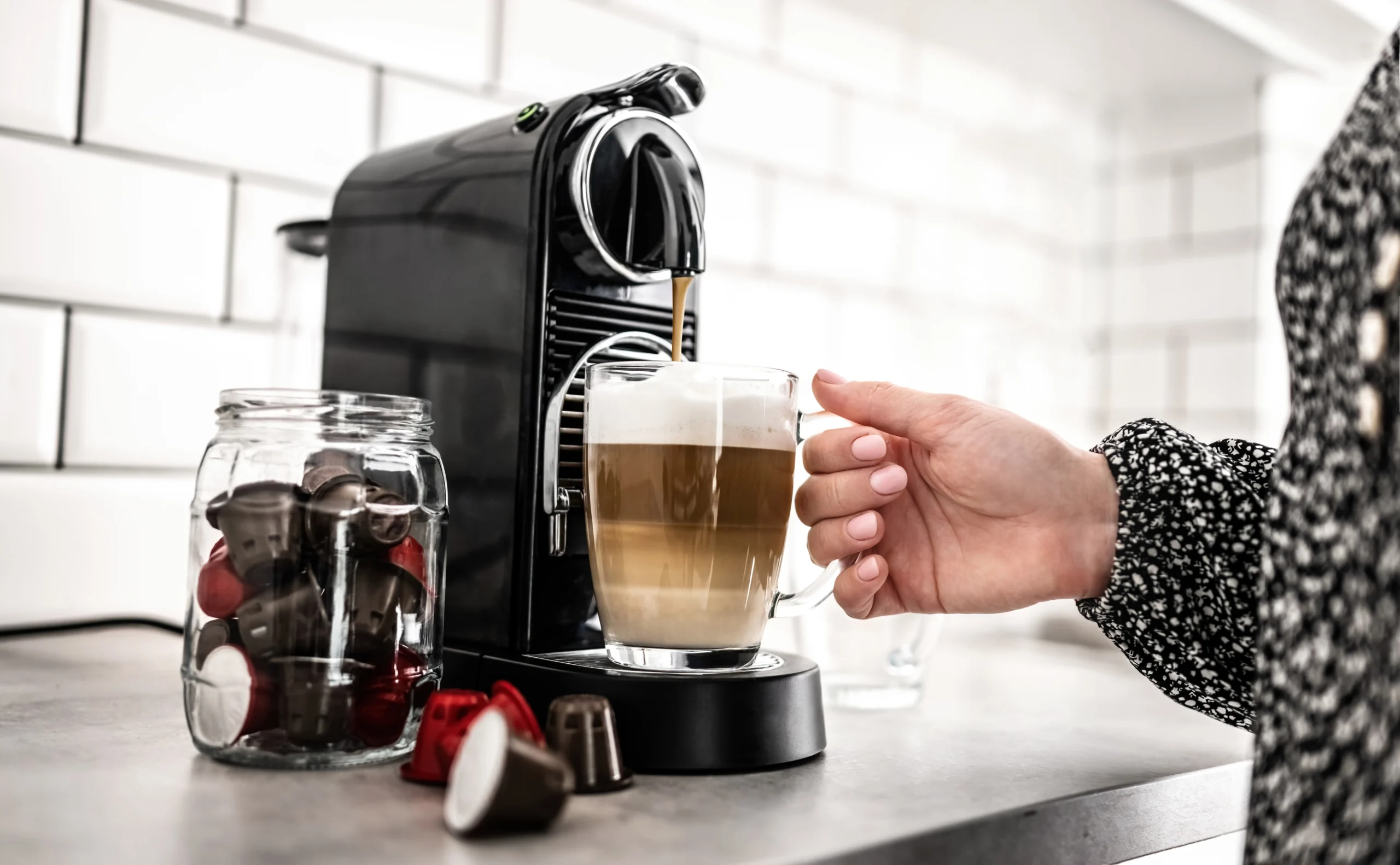Espresso is the heart of many coffee drinks and a favorite among enthusiasts for its rich flavor, bold aroma, and velvety crema. While it’s often associated with professional baristas and expensive machines, preparing espresso at home is more achievable than ever. With the right equipment and a little know-how, you can enjoy café-quality espresso from the comfort of your kitchen.
In this guide, you’ll learn about the essential tools, key steps, and helpful tips for brewing the perfect shot of espresso at home.
What Is Espresso?
Espresso is a concentrated coffee brewed by forcing hot water through finely ground coffee under high pressure. Unlike regular coffee, espresso has:
- A thicker, more robust flavor
- A layer of crema (a golden foam on top)
- Higher intensity in a small volume (usually 1 ounce per shot)
Espresso serves as the base for many drinks like lattes, cappuccinos, macchiatos, and Americanos.
Essential Equipment for Home Espresso
To get started, you’ll need a few key items. Some are investments, but they’ll pay off in quality and satisfaction.
1. Espresso Machine
The heart of your setup. Espresso machines vary in price and features:
- Manual machines: Require more skill but offer full control.
- Semi-automatic machines: The most popular for home use. You control grinding and tamping, while the machine manages water pressure.
- Automatic or super-automatic: Convenient and beginner-friendly, with built-in grinders and programmable settings.
2. Burr Coffee Grinder
Grinding coffee fresh is crucial for flavor. A burr grinder is better than a blade grinder because it produces even, consistent particles—essential for good espresso extraction.
Grind size for espresso should be very fine, like table salt.
3. Tamper
A tamper compresses the coffee grounds into the portafilter. A level, firm tamp ensures even water flow and proper extraction.
4. Portafilter
Most machines come with one. This is the handled basket that holds the coffee puck during brewing.
5. Scale and Timer (Optional but Useful)
A scale helps you measure your coffee dose and output with precision, while a timer helps track shot time—both important for consistency.
6. Milk Frother or Steam Wand (For Milk Drinks)
If you love lattes or cappuccinos, look for a machine with a built-in steam wand or invest in a separate milk frother.
Choosing the Right Coffee Beans
Espresso can be made with a variety of beans, but for the best results:
- Choose espresso roasts: Usually medium to dark roast, offering rich, chocolatey, or nutty flavors.
- Use fresh, high-quality beans: Ideally roasted within the last two weeks.
- Avoid flavored or oily beans—they can clog machines.
Grind beans just before brewing to preserve flavor and aroma.
How to Make Espresso at Home: Step-by-Step
Here’s a basic process using a semi-automatic espresso machine:
Step 1: Preheat the Machine
Turn on your machine and allow it to warm up (usually 10–15 minutes). This ensures consistent water temperature and pressure.
Step 2: Grind and Dose
Grind your coffee to a fine consistency. A standard single shot uses 7–9 grams, while a double shot uses 14–18 grams of ground coffee.
Weigh your dose using a scale for precision.
Step 3: Distribute and Tamp
Evenly distribute the grounds in the portafilter to avoid channeling. Then, use your tamper to press down with firm, even pressure until the surface is level.
Step 4: Brew
Lock the portafilter into the machine and start the shot. A good espresso shot typically takes 25–30 seconds to extract.
You should see a rich, steady stream of coffee and a golden crema forming on top.
Step 5: Evaluate
Taste your shot. A well-balanced espresso will be:
- Slightly sweet
- Full-bodied
- Rich, not overly bitter or sour
If it’s too sour, your grind may be too coarse. If it’s too bitter, try a slightly coarser grind or shorter extraction time.
Tips for Better Espresso at Home
1. Practice Makes Perfect
Dialing in your grind and tamp takes trial and error. Don’t be discouraged by early attempts—improvement comes quickly.
2. Keep Equipment Clean
Coffee oils can build up and affect taste. Clean your machine’s group head, portafilter, and steam wand daily.
3. Use Filtered Water
Tap water can contain minerals that affect flavor and machine longevity. Use filtered or bottled water for best results.
4. Warm Your Cup
Pour hot water into your espresso cup and let it sit for a few seconds. A warm cup helps maintain the shot’s temperature and crema.
5. Experiment with Beans
Try different origins and blends. Single-origin beans can offer unique flavor profiles, while blends are often balanced and consistent.
Making Milk-Based Espresso Drinks
If you enjoy milk with your espresso, here’s how to make a few café favorites:
Latte
- 1 shot espresso
- 6–8 oz steamed milk
- Light layer of foam
Cappuccino
- 1 shot espresso
- 2 oz steamed milk
- 2 oz milk foam (thicker than a latte)
Macchiato
- 1 shot espresso
- A small dollop of milk foam
Use your steam wand or milk frother to achieve creamy, microfoam milk for these drinks.
Enjoying Espresso at Home
Brewing espresso at home is both an art and a science. It might take a few tries to get it just right, but the reward is worth it—a personalized coffee experience, the comfort of your own space, and the joy of mastering a craft.
With the right tools, quality beans, and a bit of practice, you can enjoy café-style espresso whenever you want. Whether you drink it straight or in a creamy latte, espresso made at home can match—and even exceed—what you’d get from a coffee shop.

